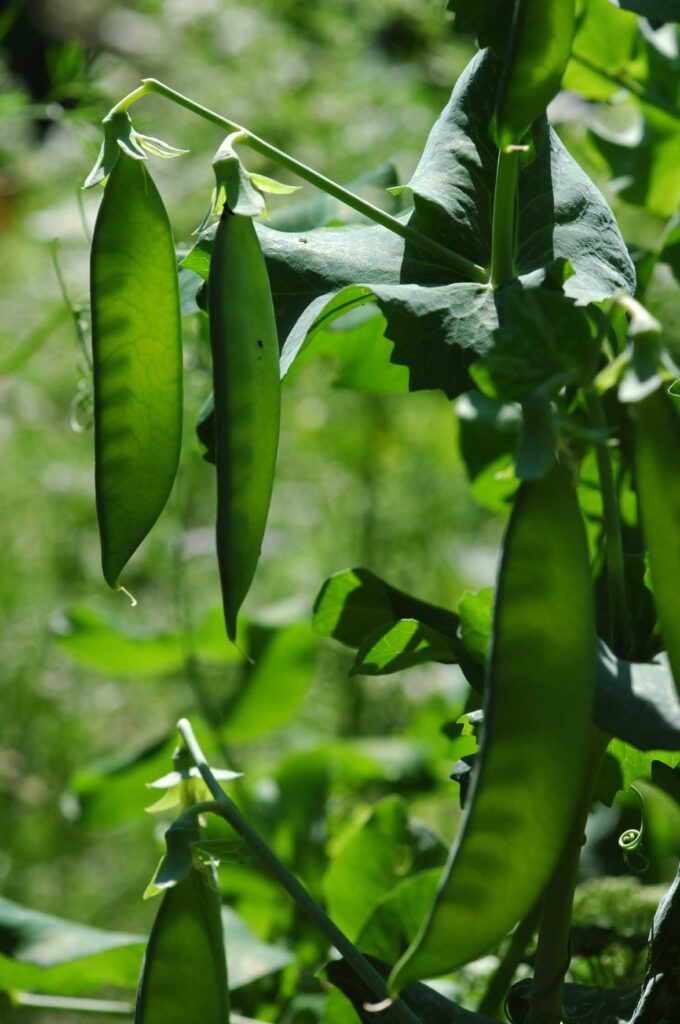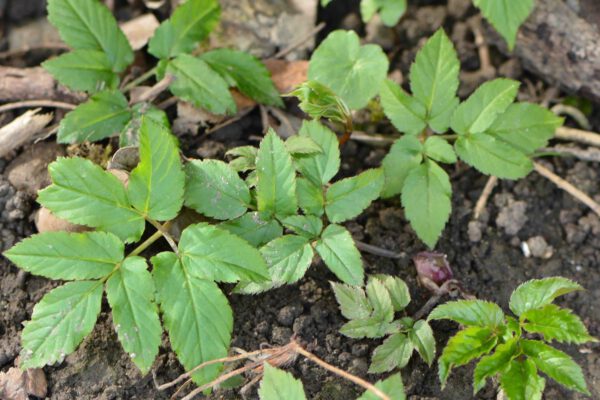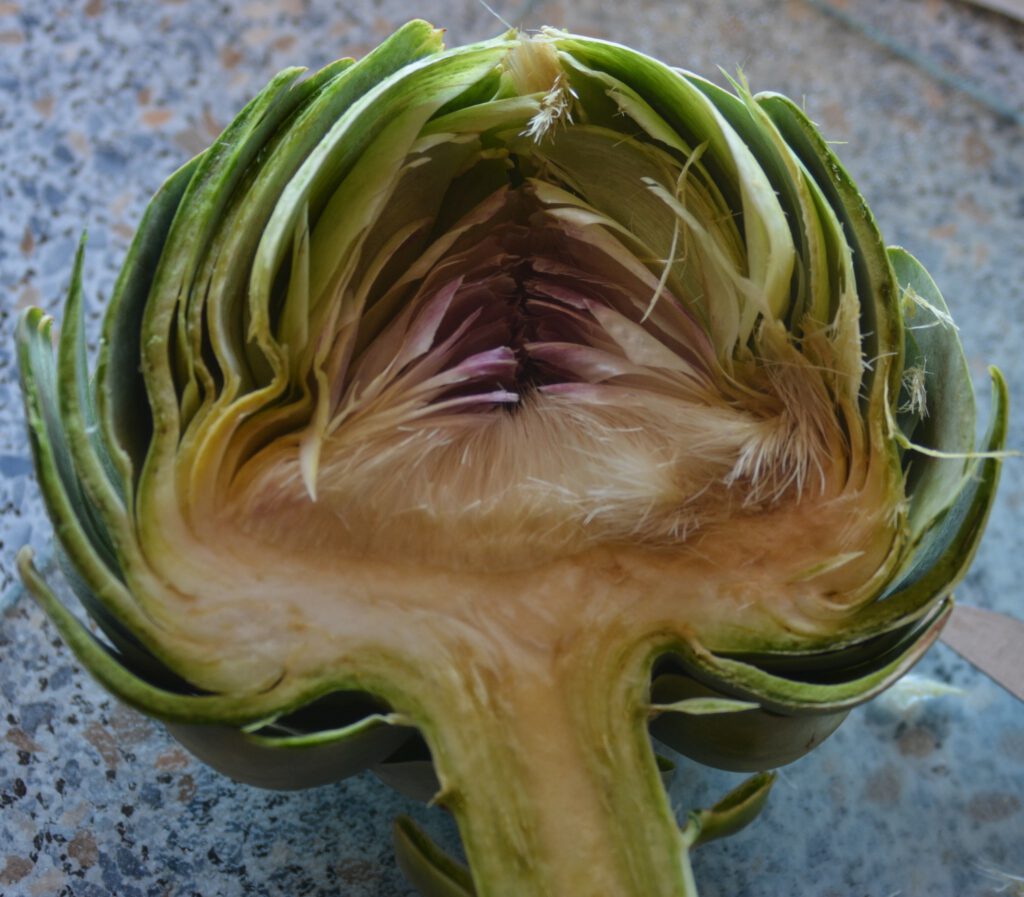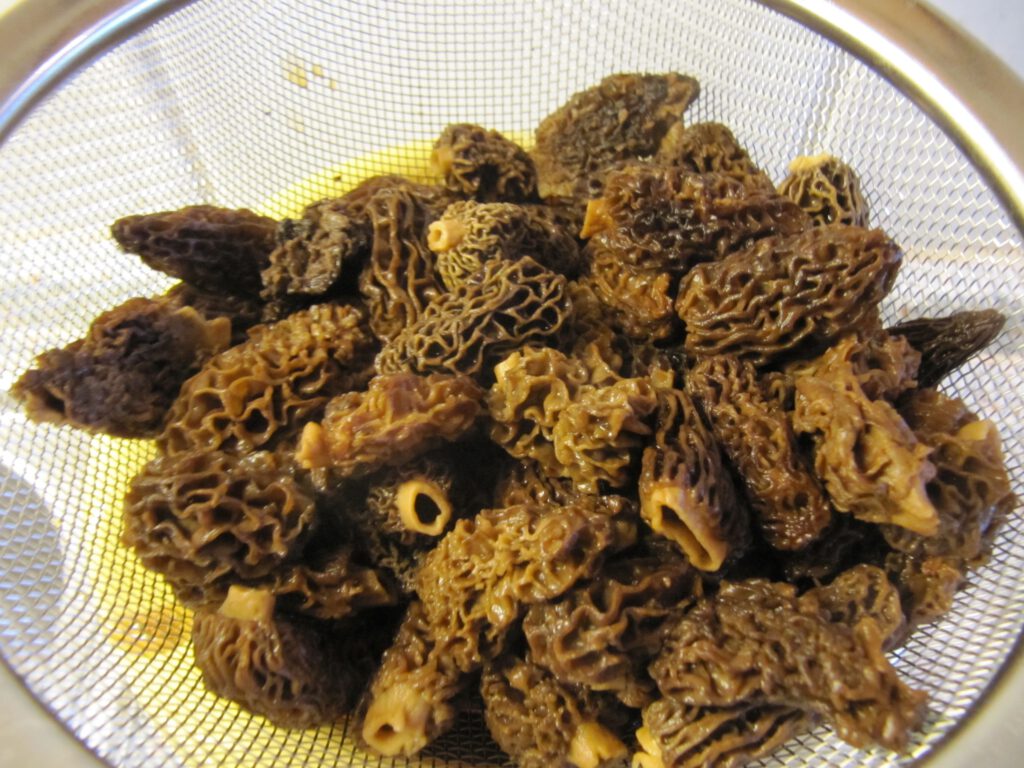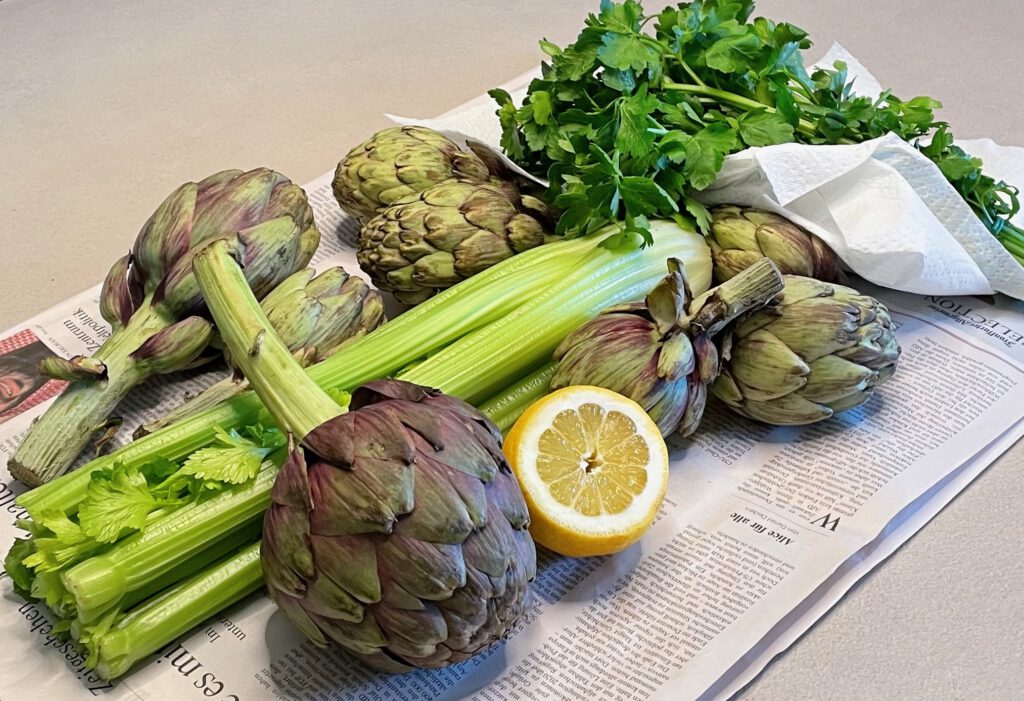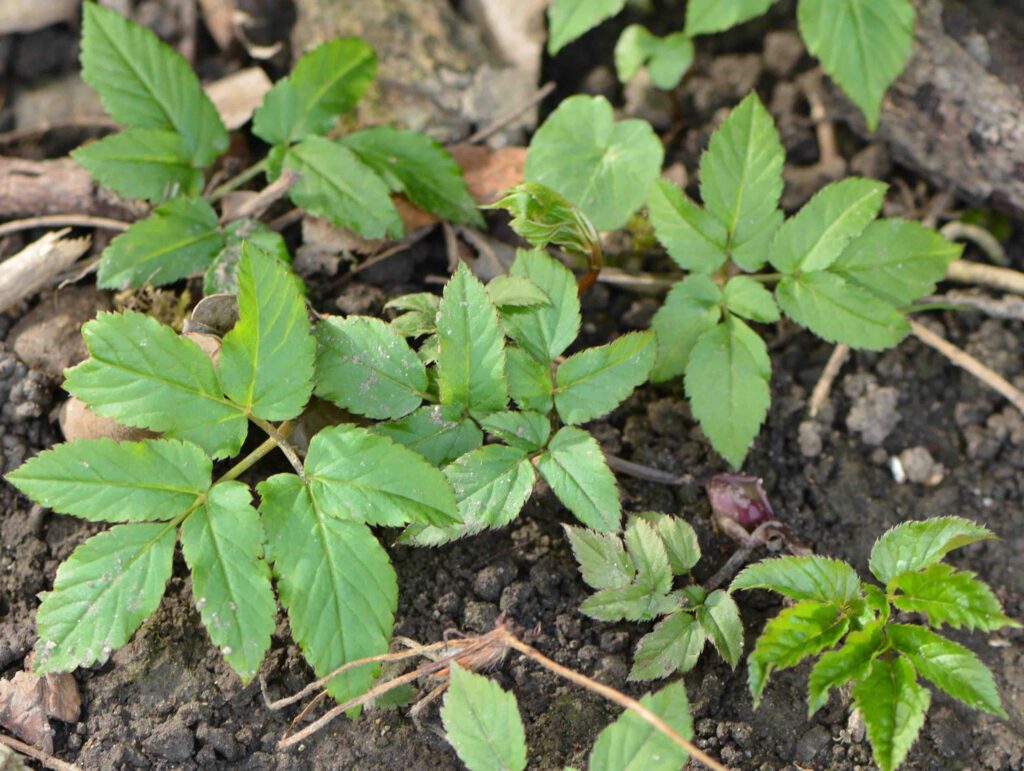Frankfurt Green Sauce and Nine-Herb Soup
In Germany, asparagus is often served with "Frankfurt Green Sauce," made from herbs with a long-standing culinary tradition. However, with the exception of burnet and sorrel, these herbs originate from more southern regions and only thrive here under horticultural care. Everything points to the recipe being of Roman origin. The nine-herb soup is different. It is prepared according to availability. Nettle, ground ivy, ribwort plantain, daisies, dandelions, chickweed, lesser celandine, wild garlic, ground elder, yarrow, primroses, violets, bedstraw and dead nettle The number nine is associated with numerical magic and rituals from Celtic/Germanic times. There is also a connection to the Christian Easter celebration. Herbs made their appearance on Maundy Thursday, when, in accordance with the fasting rules for Holy Week, special emphasis was placed on green vegetables. My own culinary experiences are limited to herbs from the garden, especially Ground elder (in salads and as a vegetable), nettle (prepared like spinach), wild garlic (a perhaps somewhat overrated vegetable)
and dandelion as a salad. Something very special is the Watercress (Nasturtium officinale), which in taste is only rivalled by the allegedly poisonous bittercress (Cardamine amara) But I've also eaten that as a salad without any problems.
